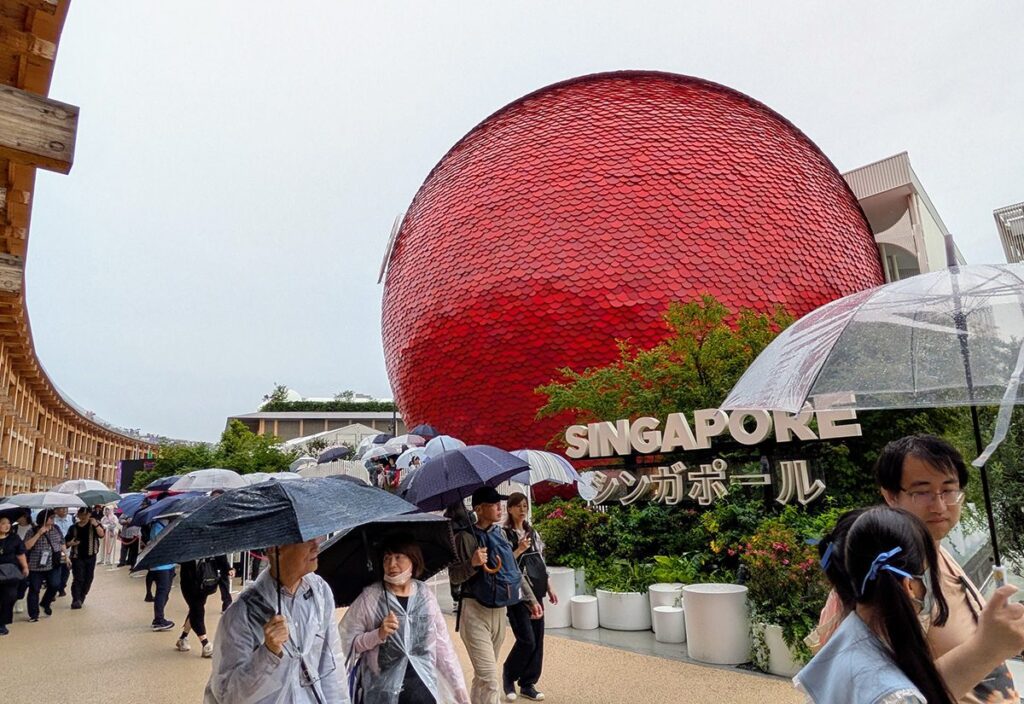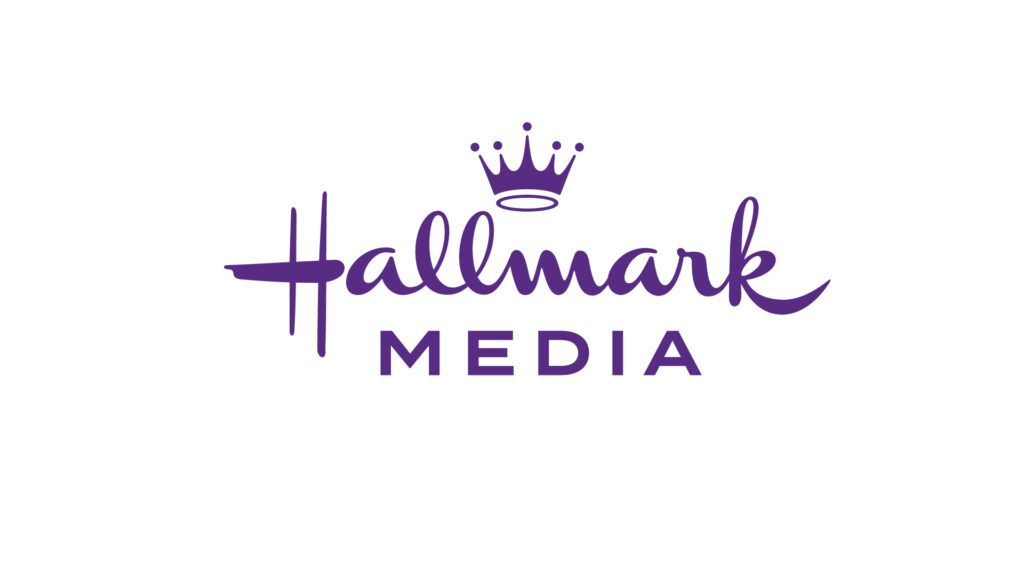Serious Games
Promotion activity rises as overall spending slips 1.6 percent.
It was a fickle year for the specialty printing industry.
While revenue in the segment declined overall, spending on such promotion-related items as game cards, on-pack enhancements, coupons, and other eye-catching materials posted strong growth. (But, alas, proved too tricky to break out separately.)
“Promotions have gone gangbusters this year — especially in games,” says Patricia Mulvey, marketing manager for Neenah, WI-based Promo Edge. “We have never seen activity like this.” Collective sales of specialty printing declined about 1.6 percent to $6.1 billion in 2000, according to the Printing Industries of America, Alexandria, VA. That’s a surprising drop after the market posted a 10.2 percent increase to $6.2 billion just one year earlier. But the industry “is real sensitive to changes in the economy,” says Stephen Kodey, a research analyst at Printing Industries of America. Companies began forecasting this year’s economic decline as far back as last summer, and began adjusting their printing plans accordingly. “Printing will usually be one of the first things they’ll scale back on [because] it is usually not essential to the direct production of what they’re making.” Rosemont, IL-based CCL Label is a prime example: The company overall experienced a sales decline, but posted 20-percent growth in the promotion arena. “Label sales were down, and that’s a reflection of the economy downturn,” says promotion manager Leonard Zuk. “Our sales were up because we introduced dramatic new products, which stimulated a lot of interest in our offerings.”
The total U.S. printing market saw more positive results in the year, reaching $163.2 billion in 2000, a gain of 4.8 percent. Meanwhile, spending on direct-mail advertising — that tired old warhorse — rose 7.7 percent to $44.6 billion, according to the Direct Marketing Association, New York City.
In addition, a number of smaller printers fell victim to consolidation, as manufacturers looking to cut costs and improve efficiency whittled down the vendor list. That, in many cases, resulted in competitive bidding which produced lower revenues and profits for printers.
But it may also indirectly have aided the boon in promotional printing, as specialty printers seek to solidify their accounts by playing the role of promotion agency. “Companies want to deal with as few people as possible. They don’t want to deal with seven different printers,” says Douglas Leeds, ceo of New York City-based printing shop Thompson Leeds Co. “If one person can represent all of it, it’s an advantage.”
Activity related to sweepstakes and games is especially hot, according to Val Stark, vp-sales and marketing at Fleming Promotional Graphics, St. Louis, MO, especially among packaged goods manufacturers. Games and sweepstakes “have been among our biggest gainers over the last two years, and they continue to have momentum,” Stark says.
New and Improved
Fleming developed a waterproof, plastic gamepiece called DuraSert that can be used in hard-to-manage packaging for such products as hams and pet food. Tyson Foods used them in frozen poultry, while Pillsbury put them in pre-made dough. Fleming also created a heat-sensitive gamepiece activated by the touch of a thumb for on-pack programs. Omaha, NE-base Con-Agra Foods used it for an instant-win game on Kid Cuisine frozen food packaging. The game served as an overlay to a self-liquidating offer for a Furby run in conjunction with Tiger Toys, Chicago. Two winners won trips to the headquarters of either Tiger or Con-Agra to “run” the company for a day. AdPac, Elk Grove Village, IL, handled.
Meanwhile, CCL introduced AquaPlay, a device employing a special membrane that reveals information when it gets wet. Unilever, New York City, used the technology for an on-pack game called “Wash and Win” on All and Wisk detergents. Consumers threw the gamepiece in with their laundry to find out if they won a washer/dryer or a year’s supply of detergent. Promo Edge designed special labels that can be peeled off packages, thereby leaving the standard product label unmolested underneath. (Brands are growing more sensitive about monkeying with traditional package design.) FA Shower Gel, a product of Van Nuys, CA-based Cosmetics Imports, placed scent samples onto its labels in a try-before-you-buy effort. Campbell Soup Co., Camden, NJ, placed special coupons on Pace salsa jars.
Elsewhere, many brands took advantage of the Internet as a growing medium to add flair to their promotions. Among the more popular tricks of the trade were decoder gamepieces distributed on-pack or through print ads, then held up to computer screens at a Web site. Borders Books celebrated the release of the fourth Harry Potter book last summer with a special ScreenPlay gamepiece created by CCL that was used to entice 25,000 players to borders.com to see if they had won a $1,000 shopping spree. Promotions.com, New York City, has employed similar devices in a variety of the campaigns it has run for clients.
“This is a big industry that’s coming into its own,” says Fleming’s Stark.
 Network
Network

